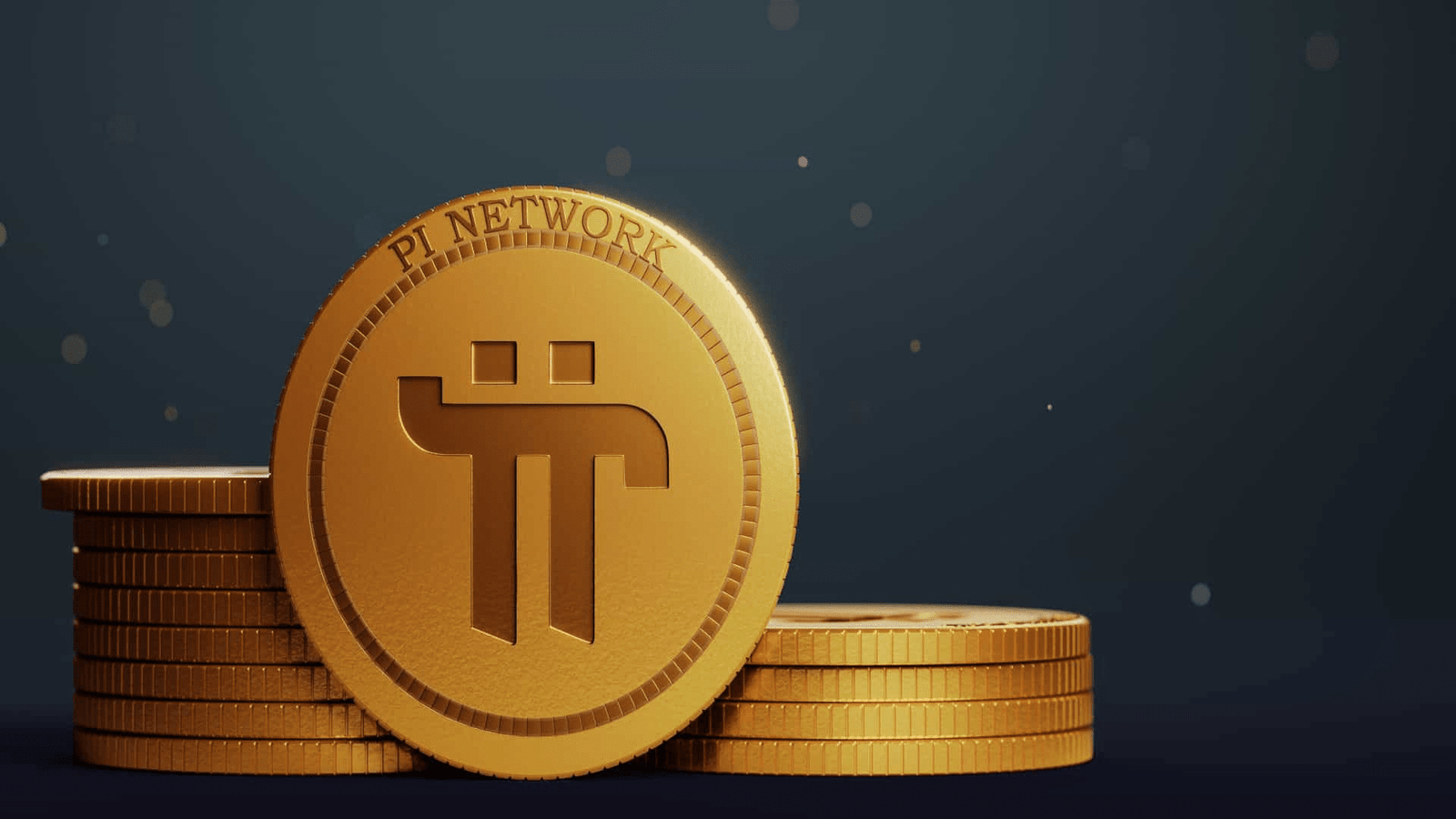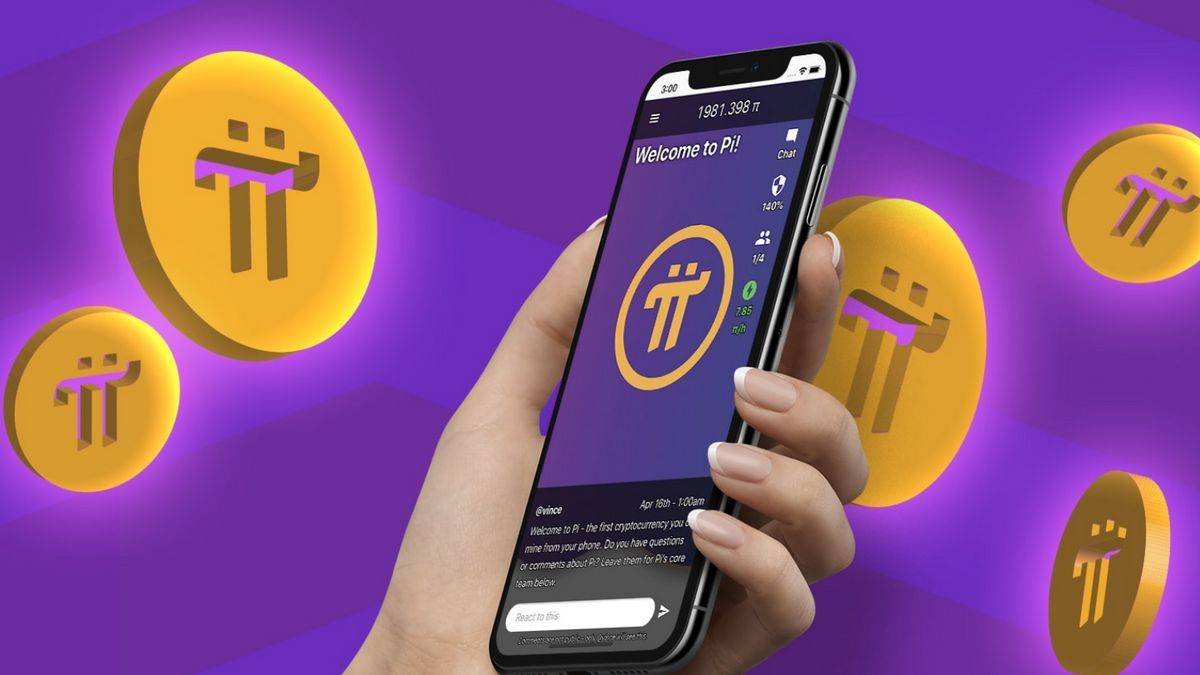Pi Network mainnet launch today 20 feb 2025

Today, February 20, 2025, marks a significant milestone in the cryptocurrency landscape as Pi Network transitions from an enclosed mainnet to an open mainnet. Crypto Miners, The worldwide community of Pi Coin, comprising over 60 million users, eagerly awaits this development. Pi Network launch today, as it paves the way for external transactions and the potential listing of Pi Coin on major Bitcoin exchanges.
Travel to Open Mainnet
Launched on March 14, 2019, Pi Network was started by a group of Stanford grads seeking to use a smartphone app to make Bitcoin mining widely available. The beta phase concentrated on user acquisition and mobile mining app testing; next, in 2020, the testnet phase included thorough blockchain and consensus algorithm testing. Pi Network entered the Enclosed Mainnet phase in December 2021 so users may finish Know Your Customer (KYC) validation and move their Pi to the live blockchain under a regulated environment. The Open Mainnet release today marks Pi’s shift to a completely distributed network by removing the current firewall, therefore enabling external connectivity.
Market Dynamics and Exchange Listings
Big bitcoin exchanges are quite interested in the Open Mainnet release. Pi Coin has been announced to be listed on sites such as OKX, Bitget, Bitrous, HTX, and BitMart; some have even set aside promotional events to include users. For those who qualify, Bitget has set up a $60,000 Pi airdrop pool running until March 3, 2025. BitMart is also giving three thousand USDT Pi bonuses to three hundred chosen members. One of the biggest bitcoin exchanges, Binance, is holding a community vote to decide whether Pi Network should be included; results should show on February 27.

The excitement around these listings has resulted in a boom in speculative trading of Pi Coin. Pi Coin ran inside a closed network before the Open Mainnet, limiting official exchange listings and outside transactions. Still, speculative trade took place on some sites using IOUs (I Owe You), with values ranging from $61 to $70, exhibiting consistency. These IOU rates have fluctuated greatly as the Open Mainnet opens; rumors of prices rising to 106% momentarily put Pi Coin’s worth beyond the $100 mark.
KYC verification Pi Network
Although the Open Mainnet launch marks a significant development for Pi Network, various issues and questions still surround it. Completing KYC verification for every user is one of the main issues. Pioneers who want to fully engage in the Open Mainnet must finish KYC verification, therefore guaranteeing safe and compliant surroundings. Only roughly 15% of the declared user population has thus finished this procedure as of yet, which begs concerns over the true degree of acceptance.
Furthermore, under fire in the network is its centralizing approach and extended development schedule. Pi Network only recently started a completely working mainnet, six years of development notwithstanding. Against its claims of decentralization, all active mainnet nodes. Were under the sole control of the Pi core team during the Enclosed Mainnet phase. Although the Open Mainnet seeks to solve these problems. The past of the project casts questions on its dedication to decentralization.
Applications in the Real World
For Pi Network’s environment, switching to an open mainnet has important practical ramifications. Pi money can now be moved to outside wallets by pioneers. Therefore enabling actual transactions and connection with other blockchain systems. This advancement helps distributed decentralized apps (DApps). The Pi blockchain is to expand the ecosystem and provide customers with varied use cases for their Pi currency. Nevertheless, the general usefulness of Pi Coin. Pi Network launch today, The success of these apps will rely on general acceptance and the capacity of the network to solve current issues.
Summary
The introduction of the Pi Network’s Open Mainnet marks a significant milestone. Its evolution from a closed ecosystem to an open, distributed network. For pioneers, this evolution presents chances to fully use their mined Pi and engage in a larger Bitcoin market. Pi Network Price, To guarantee long-term success, the network must, however, solve issues with user verification, decentralization, and market instability. Pi Network’s future will rely on its capacity to build trust and improve its utility. Attain general acceptance in the competitive Bitcoin scene as it negotiates this complexity.
[sp_easyaccordion id=”5885″]
